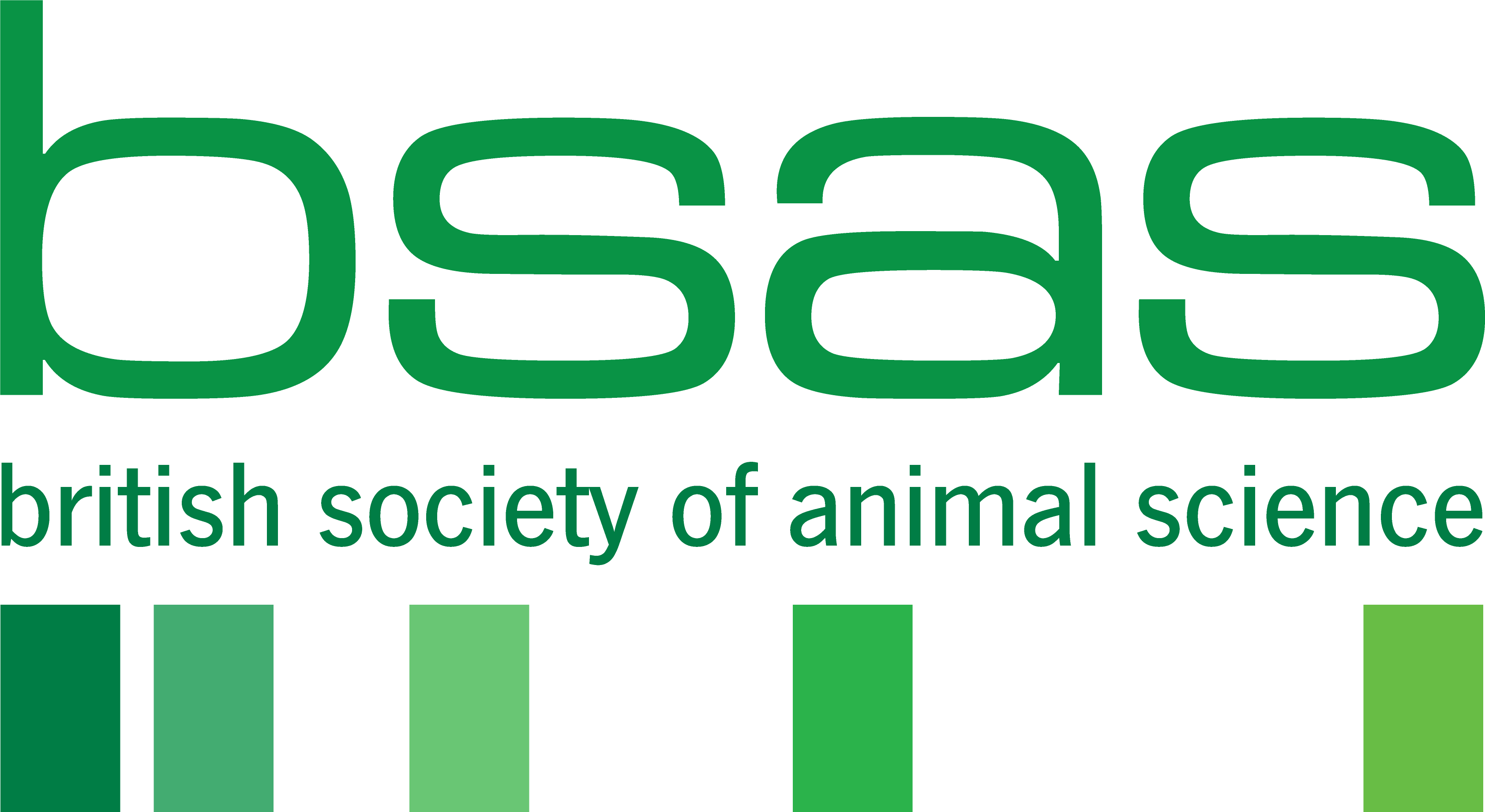BSAS Blog – from land use to meat quality
Some of you will have heard me express frustration in the past that when it comes to the environmental impact of animals and their role in our ecosystems and economy, economists and geographers are often consulted before any thought is given of what animal science has to say. Yet, I must admit, there is a logic to this, because at the root of many of our debates on the role of animal production, is the question of land use. Animals either graze land or eat food produced on land that might be used for other purposes, so it seems to me the real question is what is the best use of each parcel of land. In the end, that decision is made by the landowner.
Animals are often grazed on marginal or upland areas, which cannot be used for other agricultural purposes. It is often suggested that this land might be used to grow trees, but the soil below permanent pastures already holds a great deal of carbon, and the trees would probably grow faster, sequestering more carbon, and be of greater recreational value, if planted on “better” land” near to where people live! The grazed environment can also provide species-rich habitats protecting biodiversity and ensuring that the carbon stored under permanent pasture is protected.
That brings me to the question of animal selection – it is important that the right type of animal is chosen for each production environment. We want animals that make the best of the resources available. So, in the more marginal areas, early-maturing breeds, that have lower nutritional requirements and will “finish” (put on fat) on a lower plane of nutrition are needed. In a system where we are feeding a highly nutritious ration, we need animals that can grow fast on a high plane of nutrition without becoming over-fat too soon. The key thing is that in each case there are opportunities for genetic selection to improve the performance of the animals and, in both cases, reducing the age to slaughter will reduce lifetime greenhouse gas emissions and improve profitability. It has also been widely observed that younger animals at slaughter are more tender. It has been clearly shown in pigs that restricting feed intake makes the meat tougher, and the underlying muscle biology would make it logical that beef or lamb from animals on a diet (or grazing) that does not allow them to exhibit their potential for growth will be tougher.
Of course, the diet of an animal is the main factor determining the flavour of its meat, and many of us prefer the flavour of grass/forage-finished beef and lamb.
So, while animal scientists may not be the first port of call in deciding on land use, we can have an important role in ensuring the performance and sustainability of livestock used in different production environments, not least through genetic improvement and an understanding of how production characteristics can influence the quality of the resulting meat.
By Kim Matthews, Past President, BSAS and Head of Animal Breeding & Product Quality at AHDB
